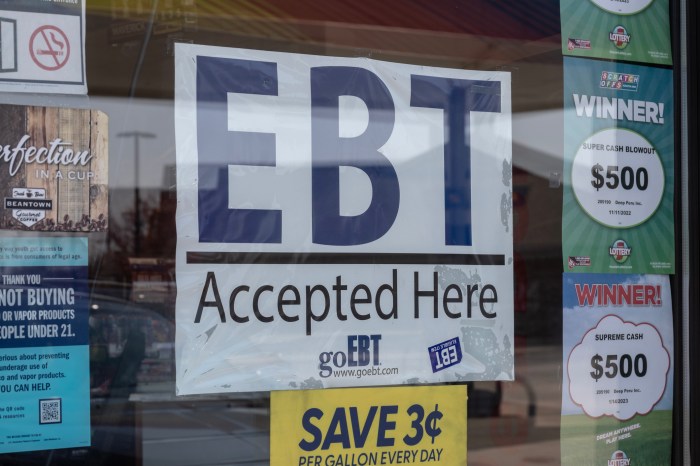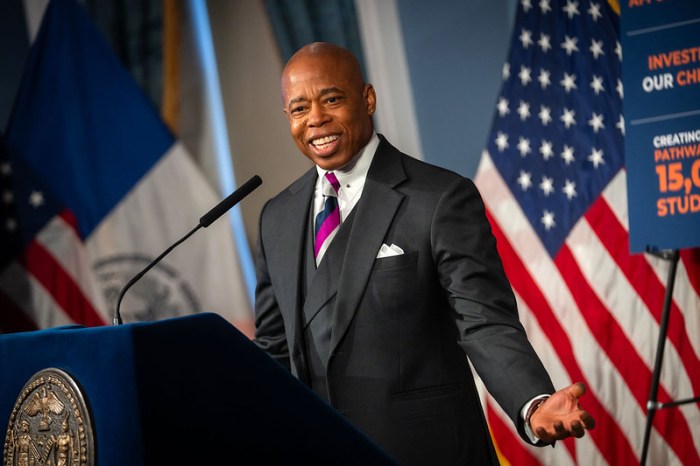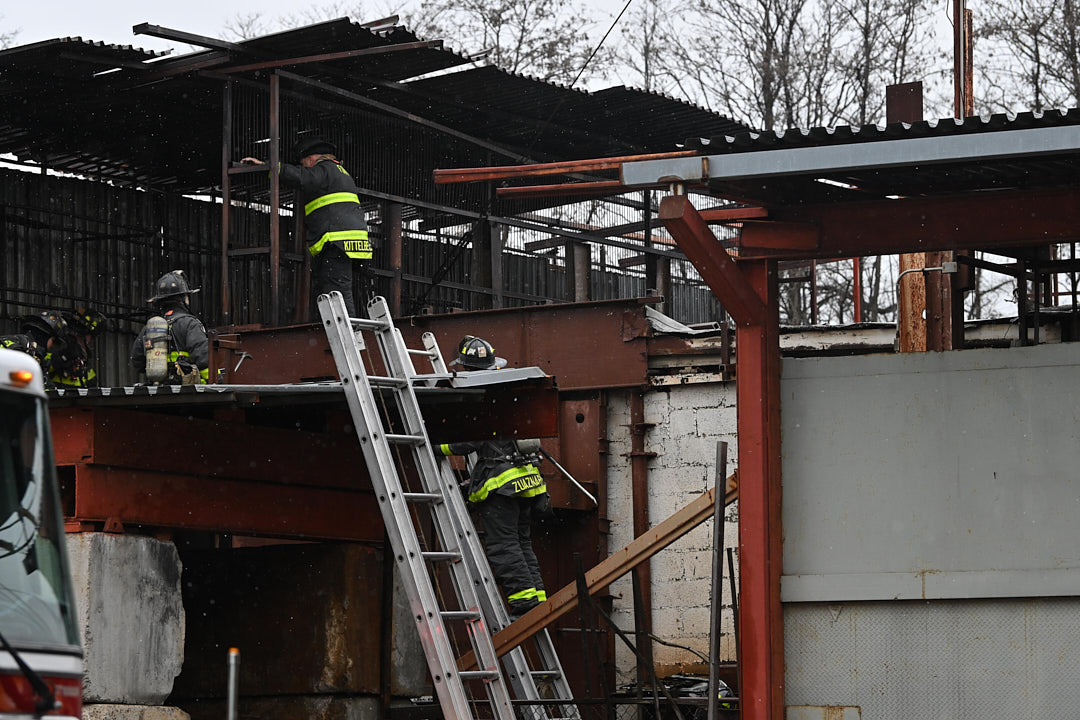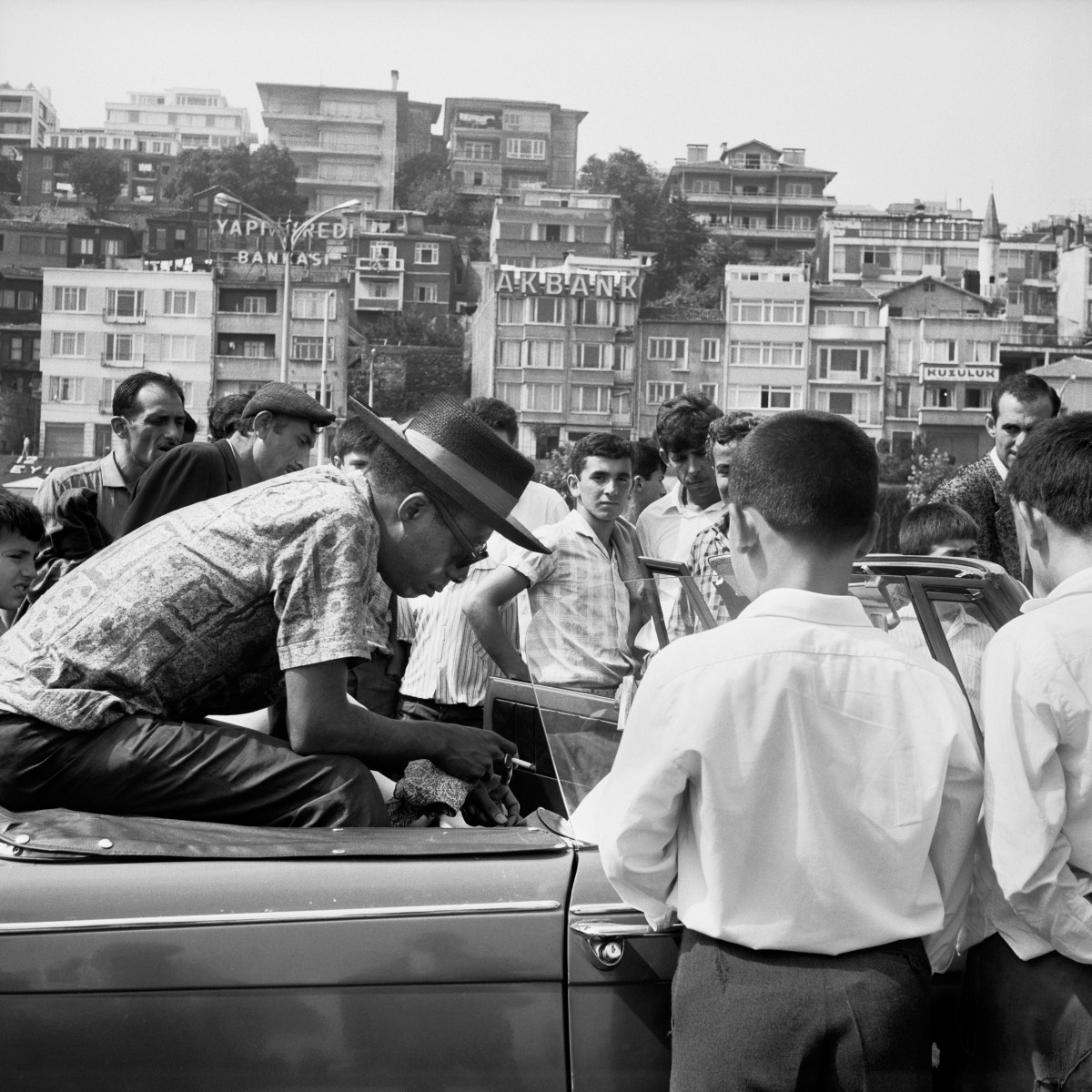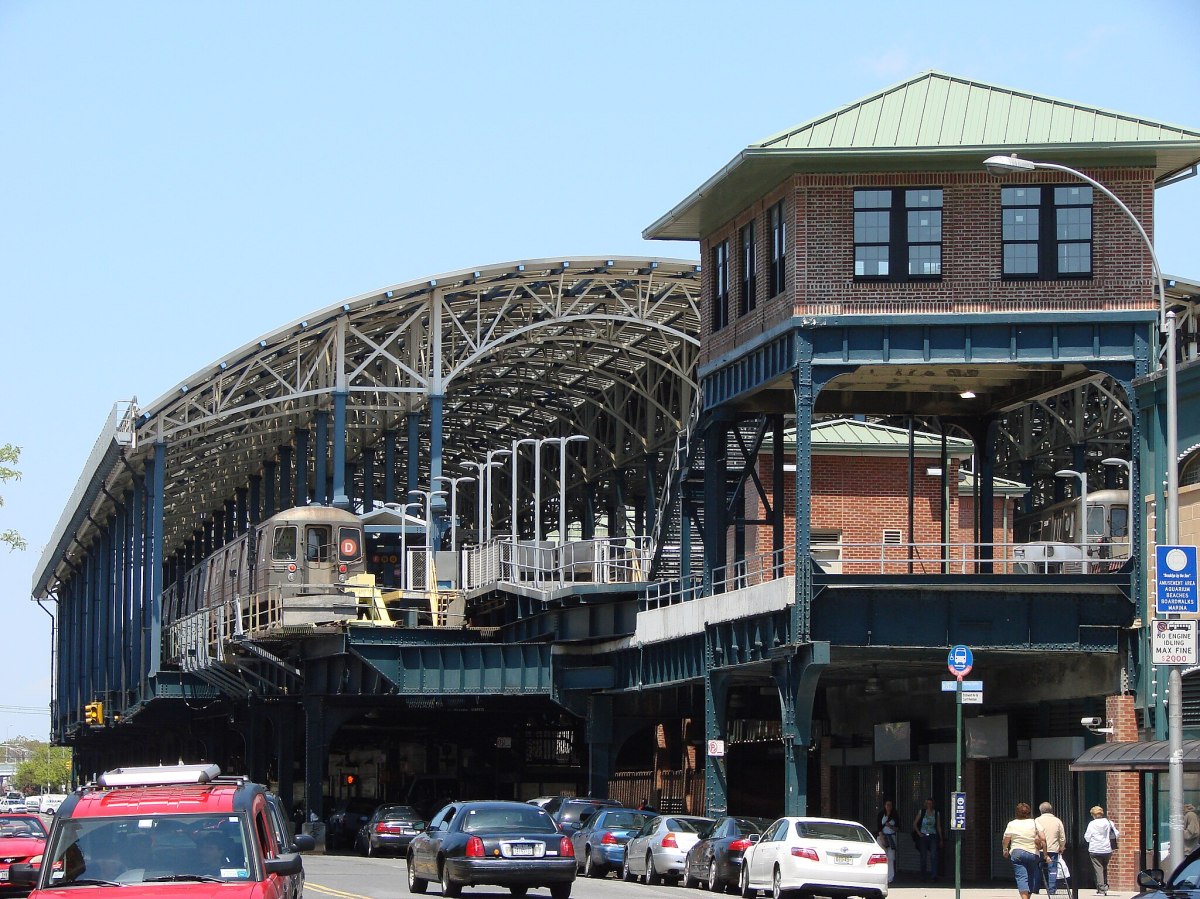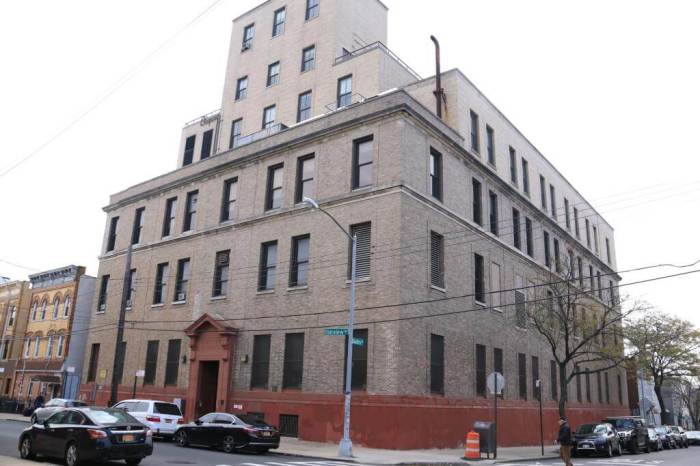
A special opportunity
Thirty-three Latino students were accepted to Stuyvesant High School this year. I’m one of them. To be honest, it feels bizarre to be part of a minuscule number of black and Latino students who were accepted to the city’s nine specialized high schools.
What added to this shock is that my middle school is diverse. Its student body is more than 90 percent minority. I wish more students of color would get accepted to specialized high schools — a bit over 10 percent of offers went to black and Hispanic students this year. But getting rid of the entrance test is not the answer.
I’m glad I took the exam. Although I understand the agitation behind this form of admission, it’s important to consider the feeling obtained from passing the test. There’s a great sense of accomplishment when you work hard and are able to achieve something. That satisfaction would be diminished if other factors got me there.
Another issue that confuses me is that the core of this debate is the amount of diversity in the specialized schools. “Anti-testers,” as I like to call them, claim that the Specialized High School Admissions Test is the primary reason there is little diversity and even fewer minorities in specialized high schools. However, I believe it is quite the opposite. A large portion (74 percent) of these students are Asian-Americans, and Asian-Americans are considered minorities. As for the rest of the students, they hail from all sorts of places. I was born in the Dominican Republic and moved here when I was young. Diversity, check.
After viewing the debate from both perspectives, I believe the best course of action is an increase in resources that help students prepare for the test. Another student and I were made aware of a free STEM program available at a nearby high school that introduced us to topics on the exam. Perhaps if more people relayed information about these programs, we could have greater diversity and still keep the test.
For those of you who still aren’t convinced, think about it this way: What would scrapping the test accomplish? Or better yet, what is it about the test that makes it harder for black and Latino students to excel? While some may say the exam is racially biased, I believe it is an unbiased admission method. Every child has the same opportunity to get into the schools, and it all depends on the test. Regardless of who you are, where you’re from or how much money you have, any student can push himself or herself to excel. And I’m happy to continue working hard to represent my middle school next year.
When I went to an open house at Stuyvesant, a part of me was glad to hear a student there who looked like me and spoke like me. This gave me a certain inspiration to write this, because it reassured me that if any student put in enough work, he or she could accomplish anything. I hope I get to see more students like me feel the same way during my time at the school.
Allen Arias is a student at the Ronald Edmonds Learning Center, MS 113 in Fort Greene, Brooklyn.



